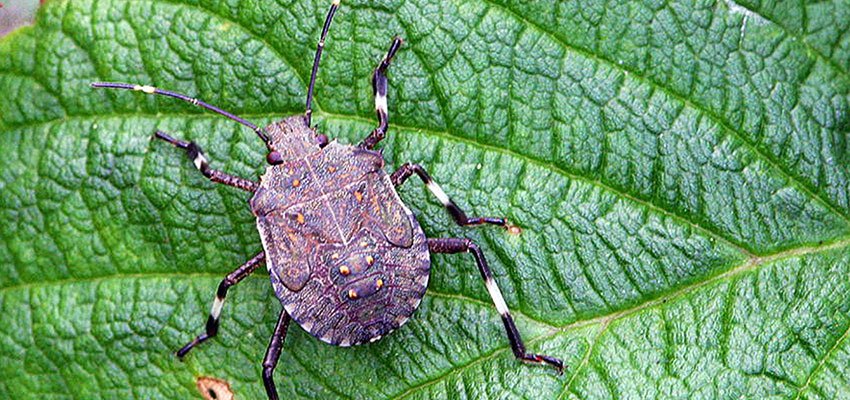PAUL Zalai and Andrew Crawford from the Freight & Trade Alliance met in Canberra on 1 August with executives from the Department of Agriculture and advisors. They discussed the progress of measures to manage the brown marmorated stink bug.
The departmental representatives provided an “encouraging update” noting that systems enhancements are progressing well with a phased approach to support entry assessment teams.
The department said it will provide formal advice in terms of whether household goods and personal effects will be in or out of the scope.
“The policy is being considered and the department will continue engagement with FTA and the Australian International Movers Association,” Mr Zalai said.
“FTA requested that the department disseminate a notice with the draft application form and requirements so that members could undertake pre-emptive measures to prepare for the scheme once opened up beyond the current pilot,” Mr Zalai said, adding that further detail will likely be released next week.
“The lack of availability of a list of approved offshore treatment providers for 2019/20 season was raised with the department and ministerial advisors who advised they plan to have preliminary details on their website early next week.”
FTA advised the minister’s office that significant merit was seen in the inspector-general of biosecurity’s independent review into BMSB, particularly recommendations pertaining to an increase in the staffing cap to support resourcing of entry assessment and inspection groups.
“FTA’s position is that an increase in cost recovery would be appropriate with close industry engagement to ensure that funds are appropriately utilised and directed to personnel and systems enhancements,” Mr Zalai said.
The Department of Agriculture has also finalised the treatment options and rates for the 2019/2020 season.
This has changed from last season, so all treatment providers, both offshore and onshore need to be aware of the requirements.
There are three approved treatment options: heat, methyl bromide and sulfuryl fluoride.
There are set minimum standards for the application of BMSB treatments which can be found at the Department of Agriculture’s website.

